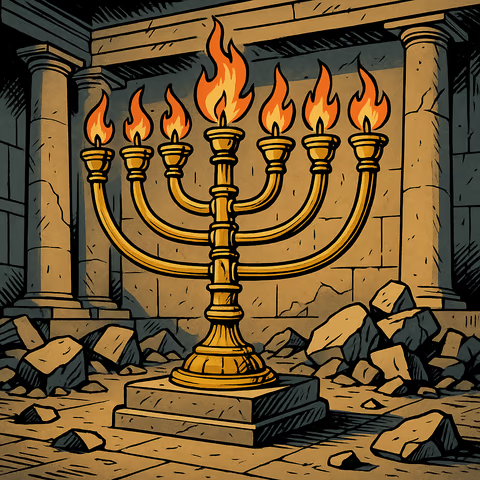
Timeline of the Maccabean Period
The Maccabean period marks one of the most dramatic chapters in Jewish history.
It began as a revolt against religious persecution, but then transformed into a century of Jewish independence under a family known as the Hasmoneans.
The period’s events are primarily recorded in the books of 1 and 2 Maccabees, with additional details from Josephus and other ancient sources. While these books aren’t included in the Protestant or Jewish canons, they provide crucial historical context for understanding the development of Judaism between the Old and New Testaments.
Time covered
Our timeline covers the events in 1 and 2 Maccabees, but continues on to the end of the Hasmonean dynasty when Herod the Great became king, and Jesus was born.
Timeline
167 BC
The Maccabean Revolt Begins
Antiochus IV Epiphanes outlaws Jewish religious practices and desecrates the Temple by setting up the ‘abomination of desolation’ - likely an altar to Zeus. The elderly priest Mattathias refuses to offer pagan sacrifices and sparks a revolt by killing both a compliant Jew and the king’s officer.
Mattathias and his five sons flee to the mountains, gathering followers and beginning a guerrilla campaign against Hellenizing forces.
166 BC
Judah Maccabee Takes Command
After Mattathias’s death, his third son Judah Maccabee (‘The Hammer’) takes leadership of the revolt. He proves to be a brilliant military strategist, defeating much larger Seleucid forces through guerrilla tactics.
165 BC
Temple Rededication
After several victories, Judah’s forces recapture Jerusalem and cleanse the Temple. They remove pagan altars, build a new altar, and restore proper worship. The eight-day celebration of this event becomes the festival of Hanukkah.
164-160 BC
Continued Battles and Judah’s Death
Judah continues fighting against both Seleucid forces and hostile neighboring peoples. He makes an alliance with Rome but is killed in battle before Roman help arrives. His brother Jonathan takes command of the Jewish forces.
152 BC
Jonathan Becomes High Priest
Amid Seleucid succession disputes, Jonathan Apphus is appointed High Priest by Alexander Balas, marking the beginning of Hasmonean rule combining political and religious authority.
142 BC
Simon Achieves Independence
After Jonathan’s capture and death, his brother Simon becomes leader. He gains full independence from Seleucid rule, establishes a hereditary high priesthood, and begins minting Jewish coins.
134 BC
John Hyrcanus I Takes Power
Following Simon’s assassination, his son John Hyrcanus I becomes both High Priest and ethnarch. He expands Jewish territory and forcibly converts Idumeans to Judaism.
104 BC
Aristobulus I Becomes King
Aristobulus I, son of John Hyrcanus, takes the title of king, transforming the high priesthood into a monarchy. He dies after just one year of rule.
103 BC
Alexander Jannaeus Rules
Alexander Jannaeus becomes king and high priest, further expanding Jewish territory. His reign sees intense conflict between Pharisees and Sadducees, including a civil war that claims 50,000 Jewish lives.
76 BC
Salome Alexandra’s Reign
After Jannaeus’s death, his widow Salome Alexandra becomes queen, with her son Hyrcanus II as High Priest. Her reign brings peace and prosperity, with increased power for the Pharisees.
67 BC
Civil War Between Brothers
Upon Salome’s death, civil war erupts between her sons Hyrcanus II and Aristobulus II for control of the kingdom.
63 BC
Roman Intervention
Pompey intervenes in the civil war, captures Jerusalem, and makes Judea a Roman client state under Hyrcanus II. This effectively ends independent Hasmonean rule.
40 BC
Parthian Invasion
The Parthians invade Judea and install Antigonus II Mattathias, the last Hasmonean ruler, as king and high priest.
37 BC
End of Hasmonean Rule
The Romans, supporting Herod, capture Jerusalem. Antigonus is sent to Antioch and executed by Mark Antony, ending the Hasmonean dynasty.
Herod becomes king of Judea, beginning a new era of history.
It was during his reign that Jesus was born.
Timelines: Bible History
 Timeline of the Kings of Israel and Judah
Timeline of the Kings of Israel and Judah Timeline of the Maccabeean Period
Timeline of the Maccabeean Period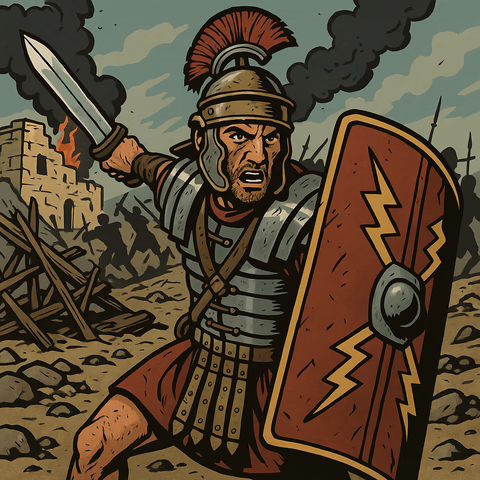 Timeline of the Jewish-Roman Wars
Timeline of the Jewish-Roman Wars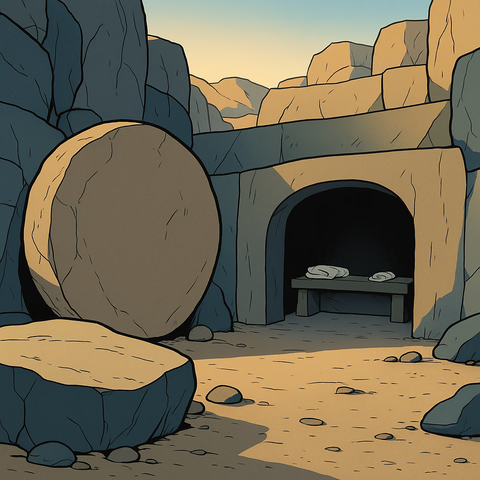 Timeline of Jesus' Death and Resurrection
Timeline of Jesus' Death and Resurrection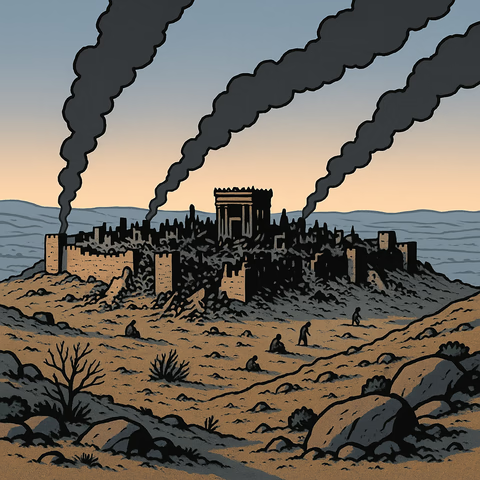 Timeline of the Babylonian Exile and Restoration
Timeline of the Babylonian Exile and Restoration
Timelines: Doctrines
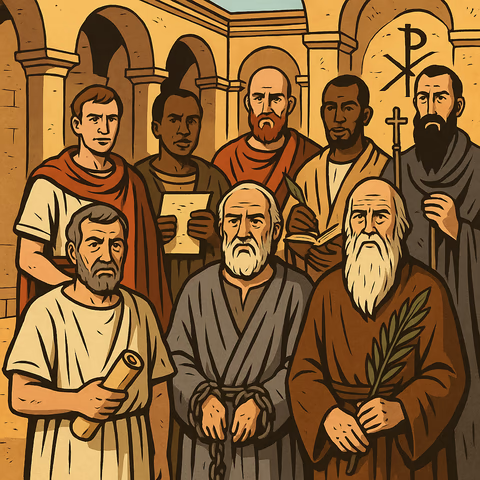 Timeline of Church Fathers and their Doctrines
Timeline of Church Fathers and their Doctrines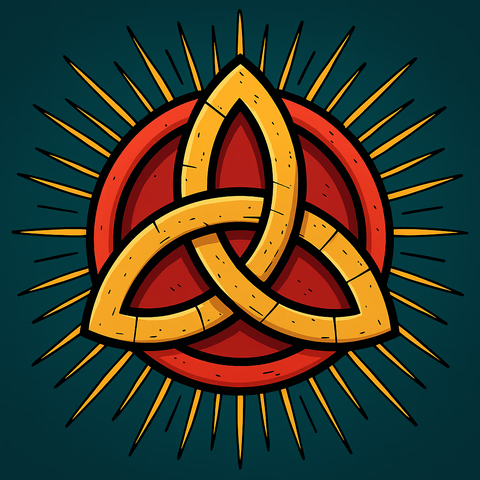 Timeline of the Trinity Doctrine
Timeline of the Trinity Doctrine Timeline of Afterlife Doctrines
Timeline of Afterlife Doctrines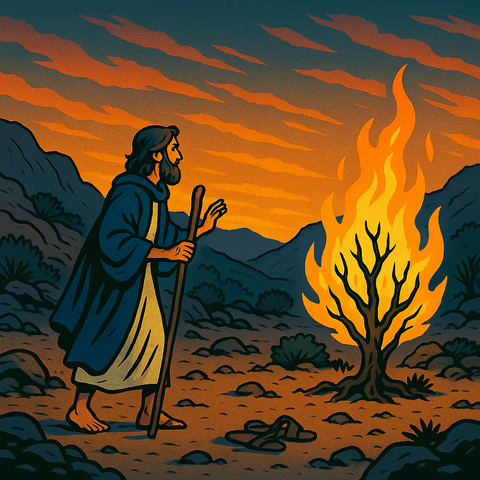 Timeline of God's Name
Timeline of God's Name
Timelines: Miscellaneous
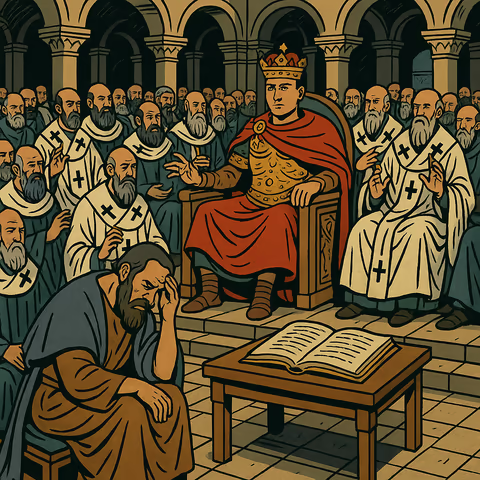 Timeline of Bible Canon Formation
Timeline of Bible Canon Formation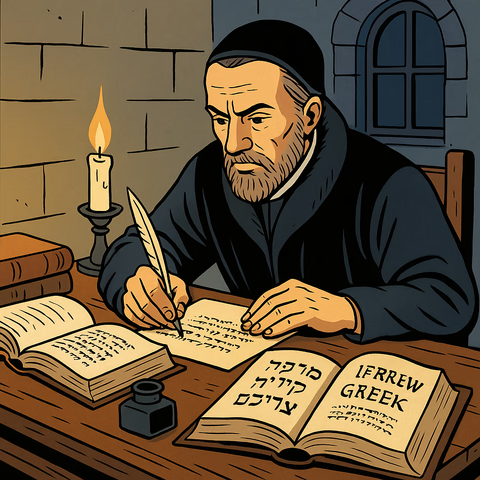 Timeline of Bible Translation
Timeline of Bible Translation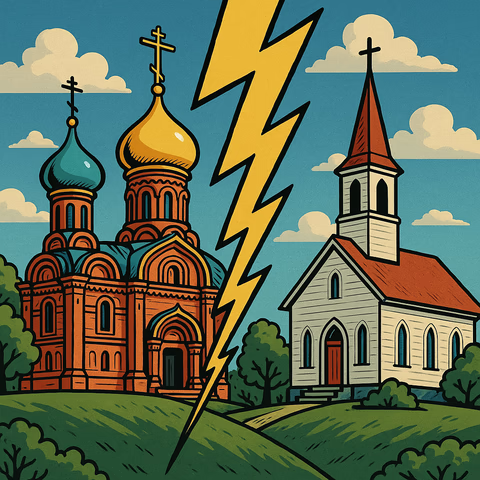 Timeline of Church Schisms, Gnostics, and Sects
Timeline of Church Schisms, Gnostics, and Sects Timeline of Failed Apocalyptic Predictions
Timeline of Failed Apocalyptic Predictions
Also see our Articles index and our About section.